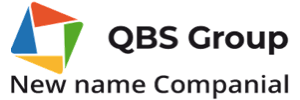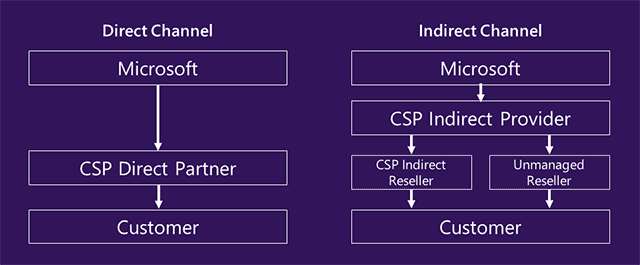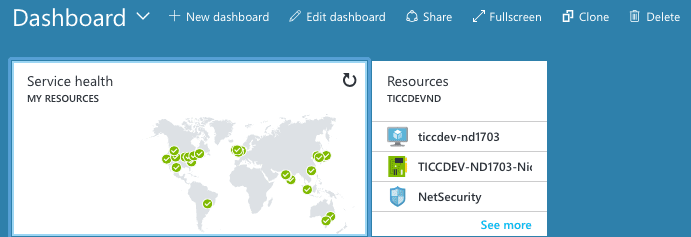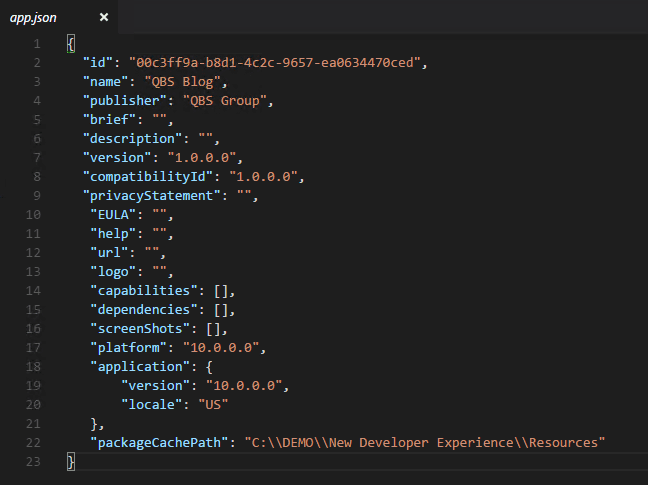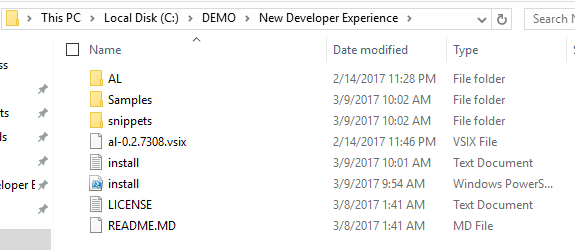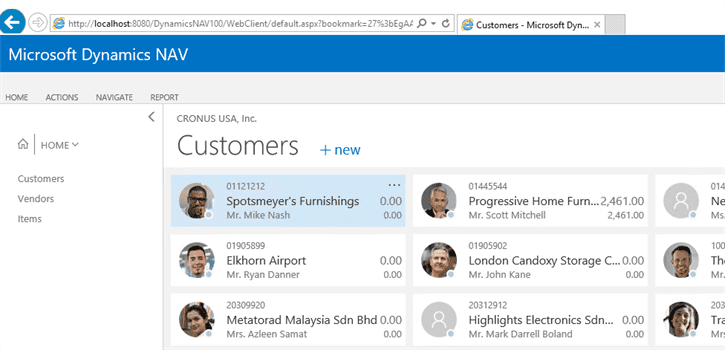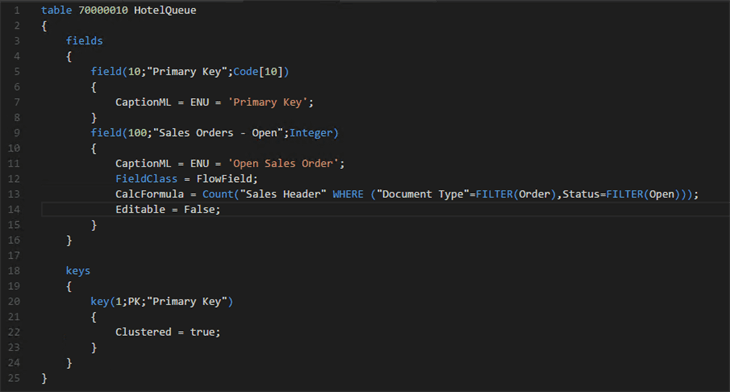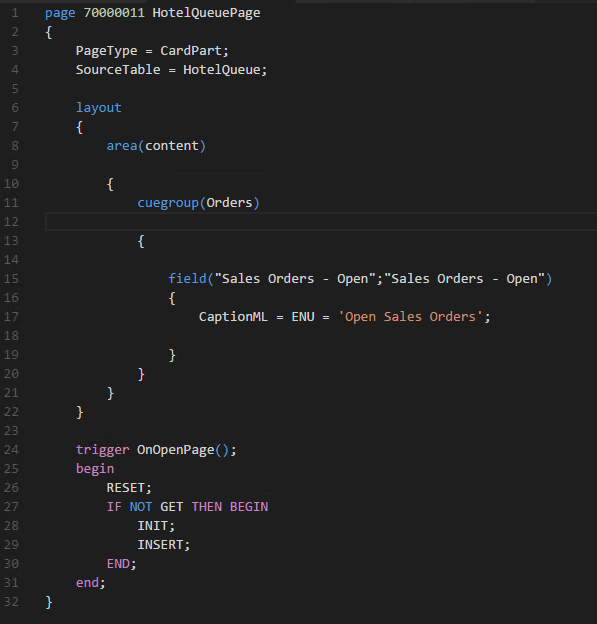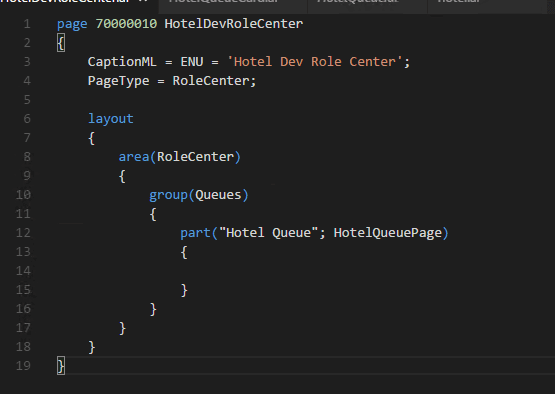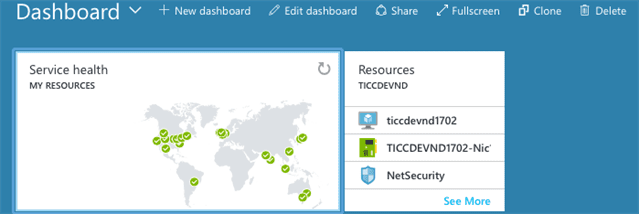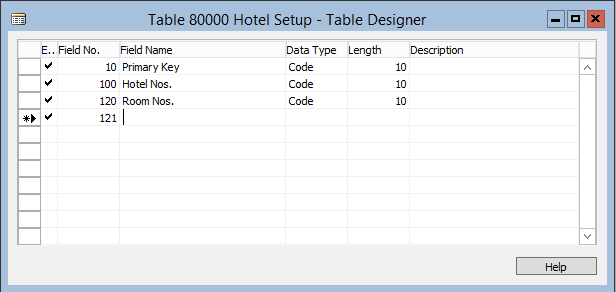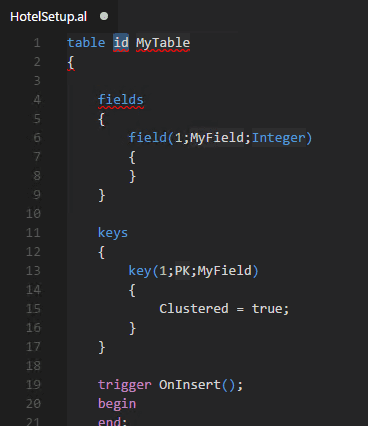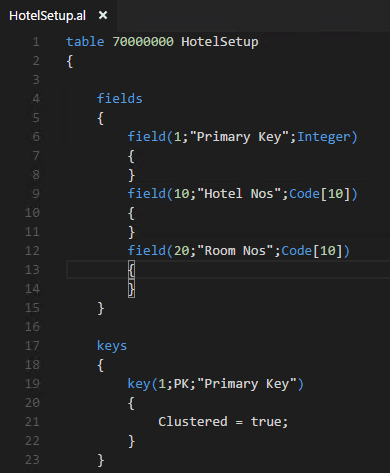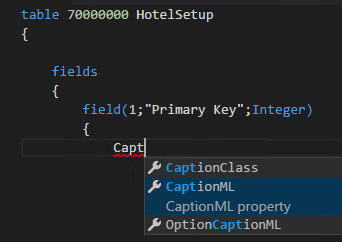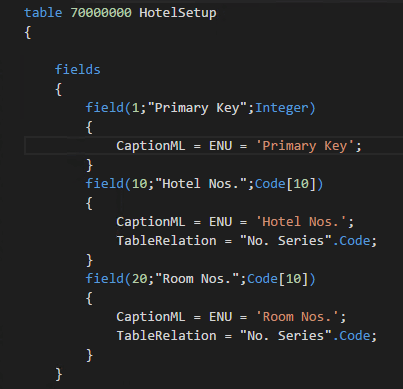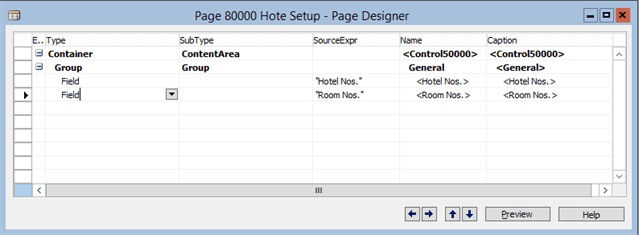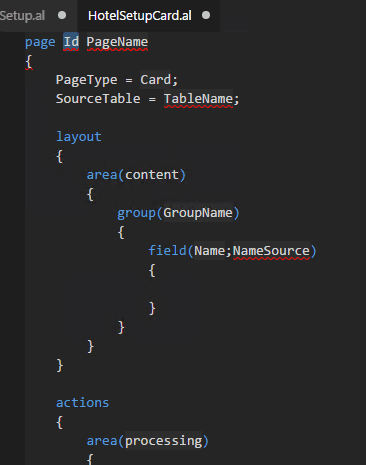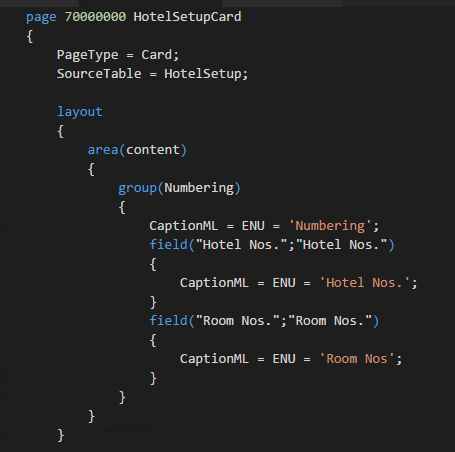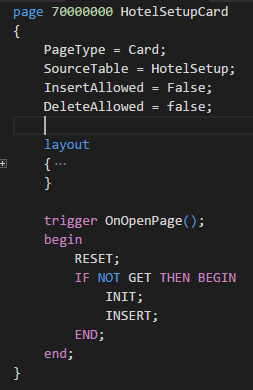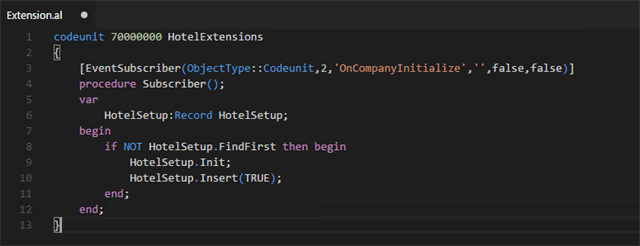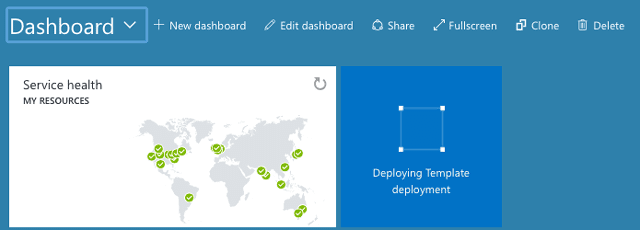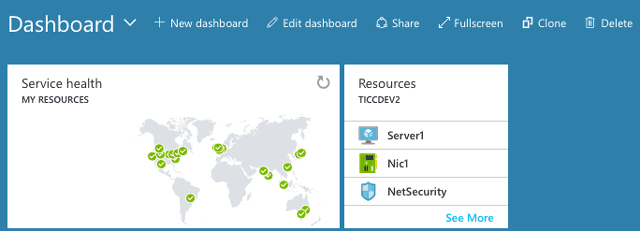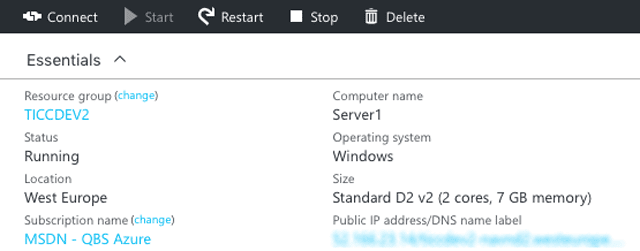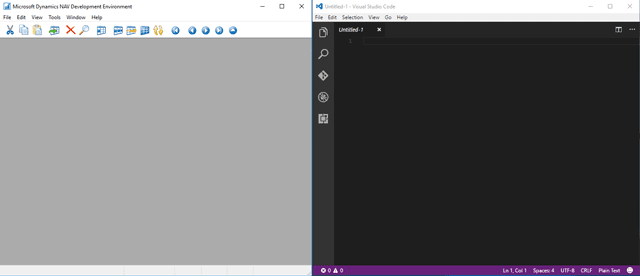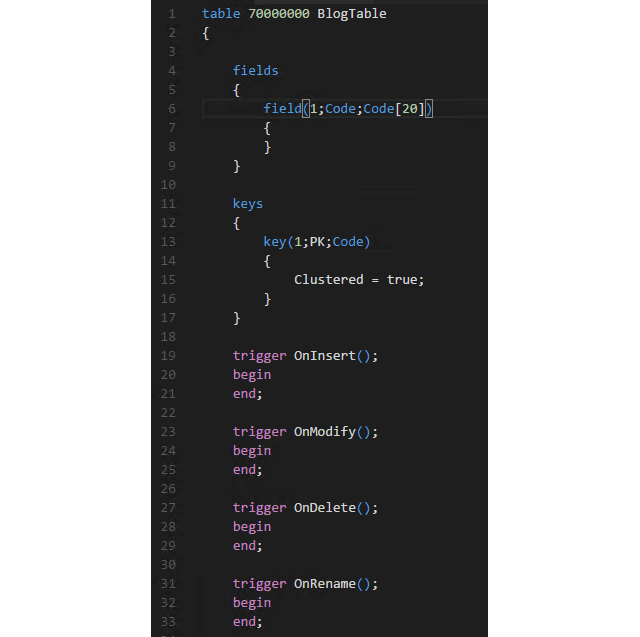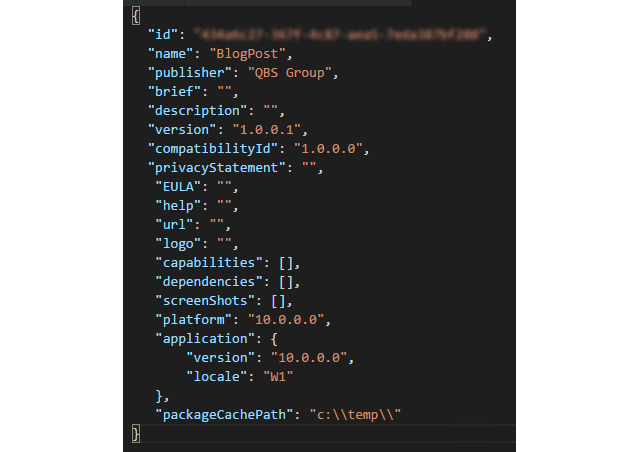At QBS group we believe that our partners deserve the best; the best support, the best software and the best stories. This time we have asked one of our UK partners Elite Dynamics to share their thoughts and experiences with you on their journey to the cloud. On a rainy afternoon we spoke with Jamaine Campbell and asked him what he would suggest others who want to start their cloud business.

Jamaine Campbell on Elite Dynamics
We started Elite Dynamics back in November 2015. Before that I was already working as a Sales & Marketing Manager, Implementation support for a NAV bases vertical for the UK Caravan & holiday park- industry. In the UK alone there are approximately 4000 of these parks. As many of them are quite small the large investment for a full on-premise NAV suite surely narrowed the potential market. I already wished to start the deployment of this software in an app, but the MD did not share my vision, so I set up a team with like-minded people who understood that the market is shifting. We changed the way we deploy our solutions and we can rely on Azure infrastructure services via QBS, which allows us to focus on the software components.
In order to have our solution implemented in more organisations than my previous employer did in the previous ten years, the answer was a simple rapid deployment of both the database, implementation but equally the back-end servers and associated services. How do we remove the CAPEX costs? The answer is simple: put it in the cloud! Our future is not in concentrating on such large implementations, but in deploying the same solution over and over again.
Our customers
We currently have 9 customers in both the UK as well as Canada, we can tackle both the lengthier on- premise implementations as well as the fast cloud implementations. Over half of our current customers use our solution in the cloud. We expect this to be a larger percentage in the future.
We distinguish between three types of customers: the large ones who own their own IT department, have the CAPEX budget to invest in the terminal servers, SQL servers, the hardware, etc. and often have a quite complex network which involves multiple applications that need to be integrated. They will usually go for the on-premise solution, because they have the infrastructure in place, support and they have the IT budget.
The second type of customers could be easily as large, but they do not have the IT budget nor the infrastructure in place, nor do they wish to put that amount of money into it. They are happy to have the software solution delivered to them as a pure app. In December 2015 we already had a request from a customer in Canada and within 1 day we managed to spin their server up. In a day we got them from zero to deployment and having their database up and running.
The third type of customer we identify is a multi-tenanted environment, the smaller of the vacation and caravan parks. They just want an affordable “off-the-shelf” solution, a pure hosted service. Elite Dynamics is pioneering with this multi-tenant environments.
Find yourself a niche market
By focusing on a specific industry it allows you to understand the requirements of that industry, to better understand your barriers, your constraints but also your USP’s. Having a niche market is surely helping us to gain such a great market position in a short period of time.
We still see many partners who focus on everything, but we believe actually finding and fully grasping a niche market is the way forward.
We still see many partners who focus on everything, but we believe actually finding and fully grasping a niche market is the way forward. It surely helps if no competitors have selected this market yet and if there is a budget to be spent on your solution. After the UK market we are also looking at other native English speaking areas, such as Canada, United States and New Zealand.
Removing the cost of infrastructure
If you are looking for a quick implementation at a lower entry point, you need to remove the cost of infrastructure: in many cases the cost of infrastructure can be greater than the Dynamics NAV and server licenses. In a marketspace that is already sensitive to price, doubling the cost is not an option. The whole NAV environment is a lot more technical then it was 10 years ago, also adding additional costs for support. Remove the requirements, skills and knowledge around the infrastructure. Let that whole 24/7 uptime become somebody else’s problem, as well as the whole SQL licensing part and focus on delivering a NAV application as an app.
Take the emotions out of it
When moving from on-premise to cloud, you have to make sure you take the emotions out of it. ERP is all about emotion and on-premise is well established over decades. It somehow acts as a “comfort blanket”. People prefer to have 50 servers in a room over having 1000 servers in a well secured and temperature-controlled area.
For us moving to a cloud-based model was a logical step. Out of the 4000 caravan and holiday parks only 20 could afford the investment in hardware, software and support that is needed in an on- premise situation.
Some final words
We feel we have a responsibility to our staff, our customers as well as to ourselves to do the right thing. In our vision we want to stay focused on quality over quantity and focus on what we do best. We believe this will help us grow and be the dominant player in the UK market in a few years as well as open up the international market of caravan and holiday parks. We could not have done this without the help of QBS and in our case the help of Andy De Rosa, our Channel Manager. He is there for us when we need him. Having a trusted partner such as QBS surely helps us a lot.
Want to become successful in the cloud with Dynamics 365?
Start now with the Dynamics 365 Acceleration Program.
